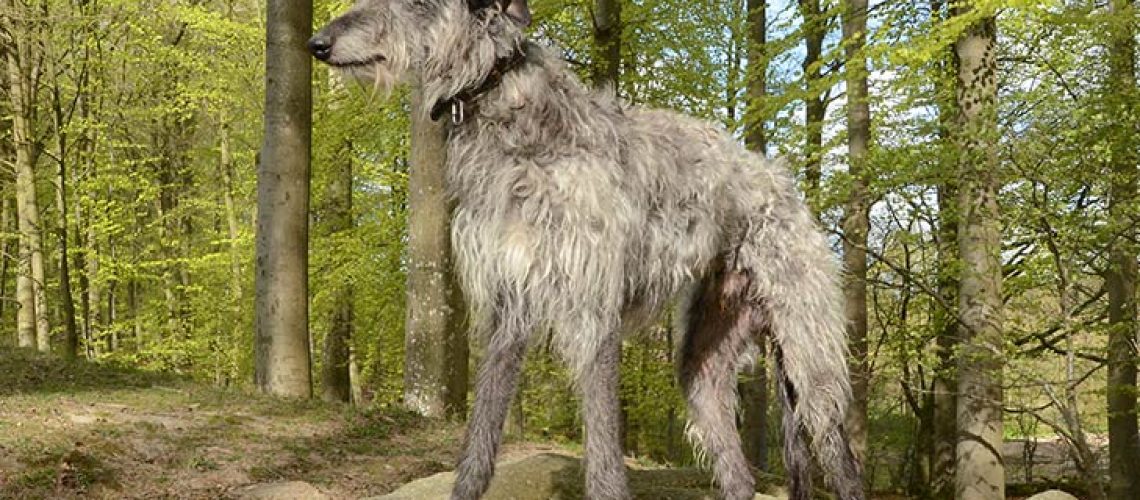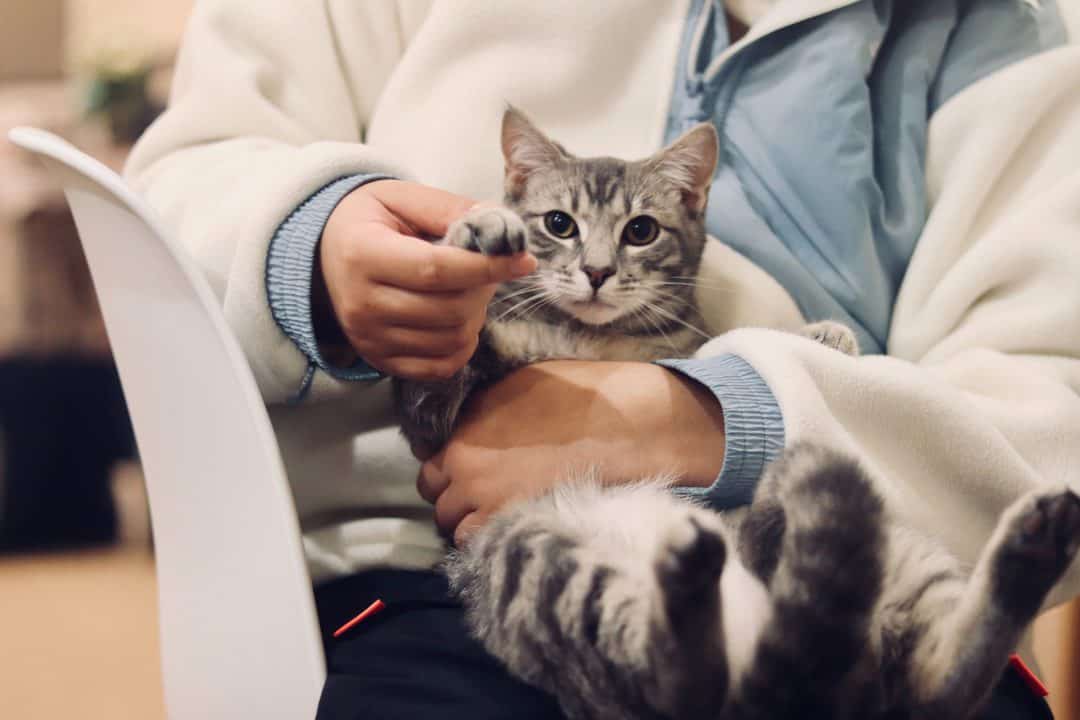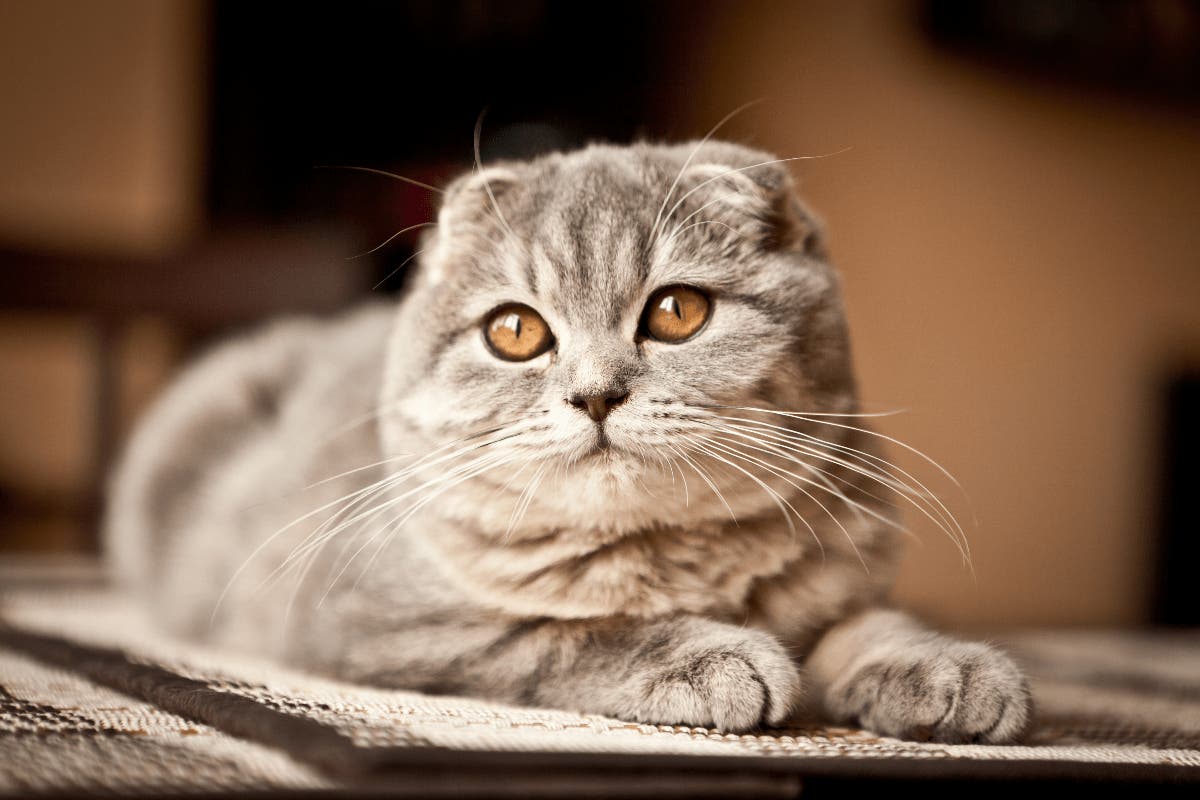Key Takeaways:
- Scottish Deerhounds are a large and noble breed known for their gentle and friendly nature.
- They have a unique appearance with a long, slender body, shaggy coat, and a distinctive beard.
- Deerhounds require regular exercise to keep them physically fit and mentally stimulated.
- They are generally good with children and other animals but may have a high prey drive towards smaller pets.
- Caring for a Scottish Deerhound involves regular grooming, proper nutrition, and regular veterinary check-ups to ensure their overall health and well-being.
Are you a dog lover? If so, get ready to embark on an exciting journey into the world of Scottish Deerhounds! These magnificent creatures possess a unique set of characteristics that make them stand out from other dog breeds. By understanding their traits and learning how to properly care for them, you'll not only gain valuable knowledge but also enhance your bond with your furry friend. So, let's dive in and discover the wonders of Scottish Deerhounds together!
What is a Scottish Deerhound and what does it look like?
The Majestic Scottish Deerhound
The Scottish Deerhound is a large and noble breed of dog that originated in Scotland. It is known for its graceful appearance and impressive size. The average height of a male Scottish Deerhound is around 30 to 32 inches, while females are slightly smaller. They have a long, slender body with a deep chest and strong legs.
Their coat is rough and wiry, providing protection against harsh weather conditions. The most common colors for Scottish Deerhounds are gray, brindle, or blue-gray. They have a long tail that tapers towards the end and their ears are set high on their head, giving them an alert expression.
Key Features:
- Tall and elegant stature
- Long, wiry coat
- Colors include gray, brindle, or blue-gray
- High-set ears
- Tapered tail
How does a Scottish Deerhound behave and what is its personality like?
A Gentle Giant with an Independent Spirit
The Scottish Deerhound has a gentle and dignified nature. They are known for being friendly and affectionate towards their family members. Despite their large size, they tend to be quite sensitive and can easily get their feelings hurt if treated harshly.
This breed has an independent streak which can make training challenging at times. However, with patient and consistent training methods using positive reinforcement techniques such as treats and praise, they can become well-behaved companions.
Personality Traits:
- Friendly and affectionate
- Sensitive nature
- Independent and stubborn
- Requires patient training
Where should a Scottish Deerhound live and what kind of environment suits it best?
A Home with Space to Roam
The Scottish Deerhound is a breed that thrives in a spacious environment where they have room to stretch their long legs. They are not well-suited for apartment living as they require plenty of exercise and freedom to run. A house with a large, securely fenced yard would be ideal for them.
While they enjoy spending time indoors with their family, they also need regular opportunities to explore the outdoors and engage in physical activities. It's important to note that Scottish Deerhounds are sensitive to extreme temperatures, so providing them with a comfortable living environment is crucial.
Ideal Living Environment:
- House with a large, securely fenced yard
- Regular outdoor exercise opportunities
- Avoid extreme temperatures
How much exercise does a Scottish Deerhound need every day?
An Active Lifestyle for an Athletic Breed
The Scottish Deerhound is an athletic breed that requires regular exercise to keep them physically and mentally stimulated. They have a natural instinct to chase, so having access to safe, open spaces where they can run freely is essential.
Aim for at least one hour of vigorous exercise every day, which can include activities such as brisk walks, jogging, or playing fetch in an enclosed area. It's important to provide mental stimulation as well through interactive toys or puzzle games.
Exercise Recommendations:
- At least one hour of vigorous exercise daily
- Safe, open spaces for running
- Vary activities to prevent boredom
- Mental stimulation through interactive toys or games
What should be included in the diet of a Scottish Deerhound to keep it healthy?
A Nutritious Diet for Optimal Health
To keep a Scottish Deerhound healthy, it's important to provide them with a balanced and nutritious diet. Their meals should consist of high-quality dog food that is appropriate for their age, size, and activity level.
Include a variety of lean proteins such as chicken, turkey, or fish, along with complex carbohydrates like brown rice or sweet potatoes. Fruits and vegetables can also be added for additional vitamins and minerals. It's crucial to monitor their weight and adjust the portion sizes accordingly to prevent obesity.
Dietary Recommendations:
- High-quality dog food appropriate for age and size
- Lean proteins and complex carbohydrates
- Fruits and vegetables for added nutrients
- Monitor weight and adjust portion sizes accordingly
What are some common health issues for Scottish Deerhounds and how can they be prevented or managed?
Caring for the Health of Your Scottish Deerhound
Scottish Deerhounds are generally a healthy breed but can be prone to certain health issues. Some common conditions include bloat (gastric dilatation-volvulus), heart disease, hip dysplasia, and osteosarcoma (bone cancer).
To prevent these health issues, regular vet check-ups are essential. Feeding a balanced diet, maintaining a healthy weight, and providing regular exercise can also help reduce the risk of certain conditions. It's important to be aware of any changes in your dog's behavior or physical appearance and seek veterinary care promptly.
Common Health Issues:
- Bloat (gastric dilatation-volvulus)
- Heart disease
- Hip dysplasia
- Osteosarcoma (bone cancer)
How should you groom and take care of a Scottish Deerhound?
Grooming Tips for a Beautiful Coat
The Scottish Deerhound has a wiry coat that requires regular grooming to keep it looking its best. Brushing their coat at least once a week helps remove any loose hair and prevents matting. Pay special attention to their feathered tail and ears, as these areas can easily become tangled.
Regular nail trims, ear cleaning, and teeth brushing are also important aspects of their grooming routine. Additionally, check their eyes regularly for any signs of irritation or infection. Bathing should be done as needed to keep their coat clean but not excessively, as it can strip away natural oils.
Grooming Recommendations:
- Brush coat at least once a week
- Pay attention to tail and ears for tangles
- Regular nail trims, ear cleaning, and teeth brushing
- Check eyes for signs of irritation or infection
- Bathe as needed but avoid excessive bathing
In conclusion, the Scottish Deerhound is a gentle and loyal dog breed known for its graceful appearance and hunting abilities. Taking care of a Scottish Deerhound involves regular exercise, proper grooming, and providing a loving environment to ensure their well-being.
What are the pros and cons of the Scottish Deerhound?
Here are three advantages and disadvantages of owning a Scottish Deerhound: It is sociable and highly motivated to please. Additionally, the Deerhound generally gets along well with most things except small animals, which can trigger its hunting instincts. However, due to its large size, it may intimidate children.
Is the Scottish Deerhound a good pet?
Although they are large in size, Deerhounds are known for being gentle giants. They are adaptable, well-mannered, and easy to get along with, and they show affection and gratitude towards their owners. While they can be energetic in their play, they are generally good with children as long as they are supervised.
What are the characteristics of a Scottish Deerhound?
Deerhounds are sensitive dogs that respond well to positive training methods. They don't thrive in a kennel or when left alone in a crate while their owners are at work. Although they have a calm and dignified personality at home, Scottish Deerhounds may try to chase small animals that cross their path.
Do Scottish Deerhounds bark a lot?
Scottish deerhounds are typically quiet dogs and it is uncommon for them to bark excessively.
Which is better Irish Wolfhound or Scottish Deerhound?
Both the Scottish deerhound and Irish wolfhound are dignified, calm, and eager to please. However, the Scottish deerhound appears to be more sensitive to their owner's emotions compared to the Irish wolfhound. It is important to maintain a calm and consistent approach with both breeds, as they are adaptable to various homes and family situations.
Are Deerhounds aggressive?
Scottish deerhounds are known for being incredibly loyal and affectionate towards their families. They often dislike being left alone and are generally not aggressive. They tend to be friendly towards strangers and are not suitable for guarding purposes.

















